How does a water softener with salt work?
A water softener that uses salt removes the lime in the water using a process called ion exchange. This is when the water softener removes calcium and magnesium ions from your water and replaces them with benign sodium ions. Calcium and magnesium are the minerals that create lime scale.
In concrete terms, the tap water is passed through the water softener, travelling through a tube that is filled with resin granules. These resin granules act like a magnet and remove the calcium and magnesium from the water. When the resin granules are saturated, they must be renewed or regenerated.
This is where salt for water softening - or regeneration salt - comes in. Pouring salt into the container in the water softener creates a solution of salt and water. This ‘brine’ rinses or regenerates the resin granules in your water softener.
The calcium and magnesium ions are taken away to be discharged and the resin granules are then ready to soften the water again.
-
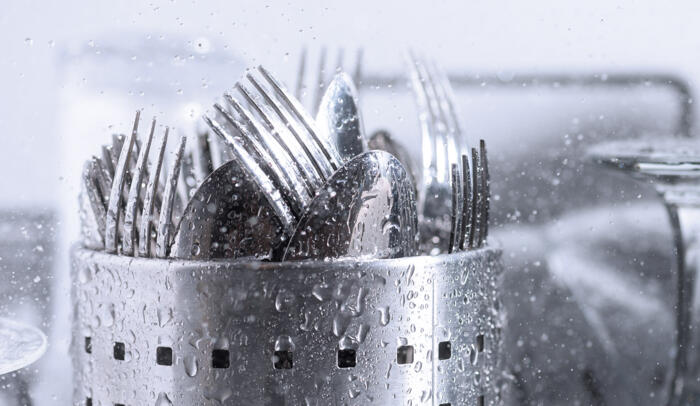
What does dishwasher salt do?
Salt is vital for the sustainable and flawless functioning of your dishwasher.
Read more -
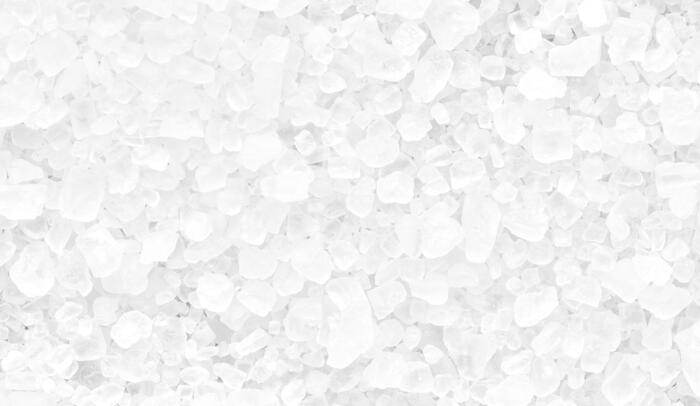
What is the best salt for your water softener?
Investing in good quality salt for water softening is important for the sustainable functioning of your devices. Which salt should you choose?
Read more -
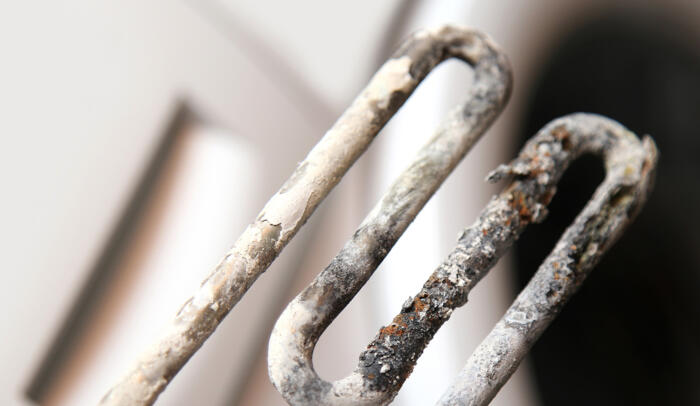
The disadvantages of hard water
You are sure to have heard about hard water. Discover the negative effects of hard water on your life and immediate environment.
Read more -
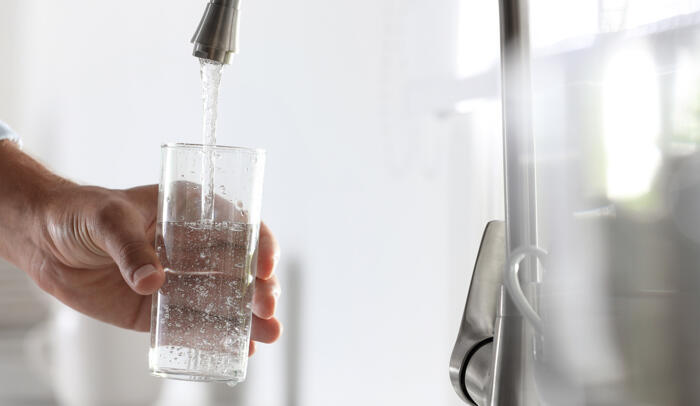
Salt for water treatment: all you need to know about quality standards
What are the most important focus areas to fulfil the quality standards for water treatment salt?
Read more -
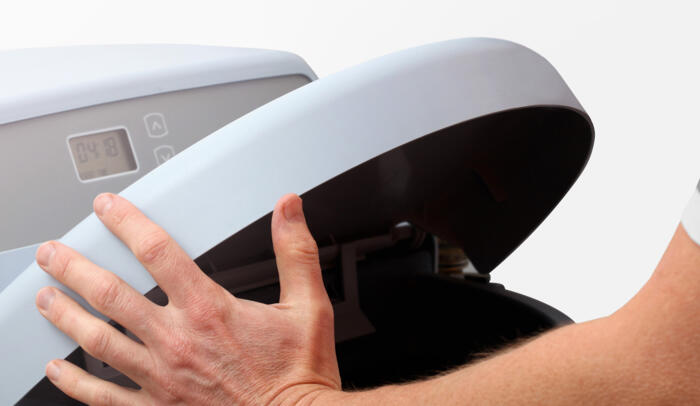
What is a water softener and how do you choose the best salt?
A water softener offers a huge range of benefits. But which salt for water softening is best for your situation?
Read more -
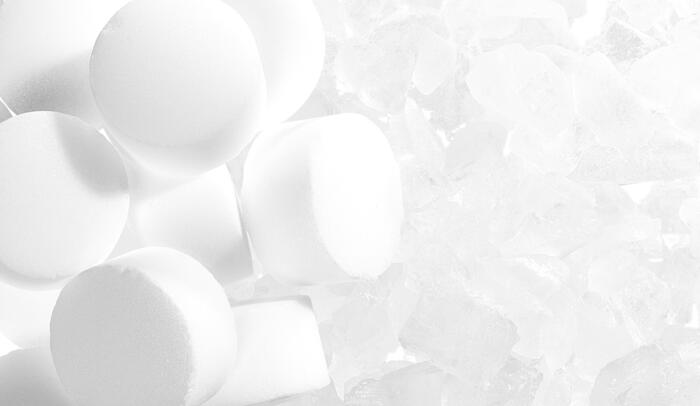
5 reasons why salt crystals are an interesting alternative for salt tablets
ZOUTMAN has had crystals as well as tablets tested in the lab. The results may surprise you.
Read more -
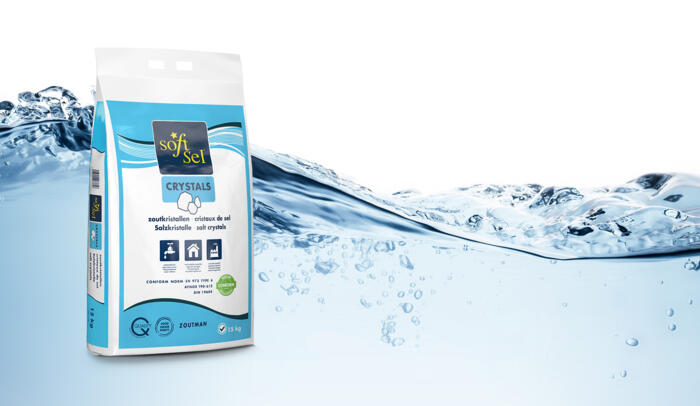
4 reasons to include the new SOFT-SEL® CRYSTALS in 15 kg packaging in your product range
Salt crystals are a resounding success for water softeners. SOFT-SEL® Crystals are an asset in every range.
Read more -
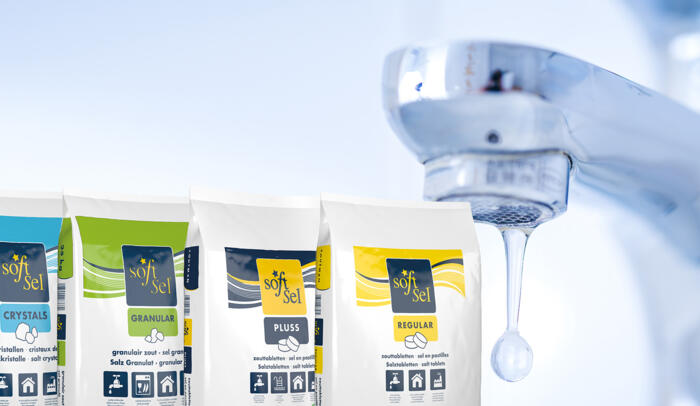
SOFT-SEL® salts range: champions among water softener salts
A suitable water softener is essential in today’s industrial settings. But how does a water softener work and what is the role of sea salt?
Read more -

Why salt is an essential commodity in the supply chain
The food and medicine industries are vital elements in our society. However, it is often forgotten that they are dependent on salt.
Read more -
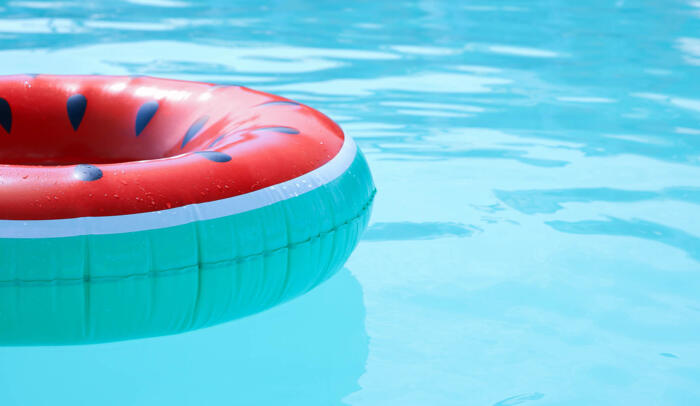
Everything you need to know about salt that is suitable for biocides
The strict regulations on biocides mean that only certain types of salt can be used. Which type of salt is suitable for biocides?
Read more -
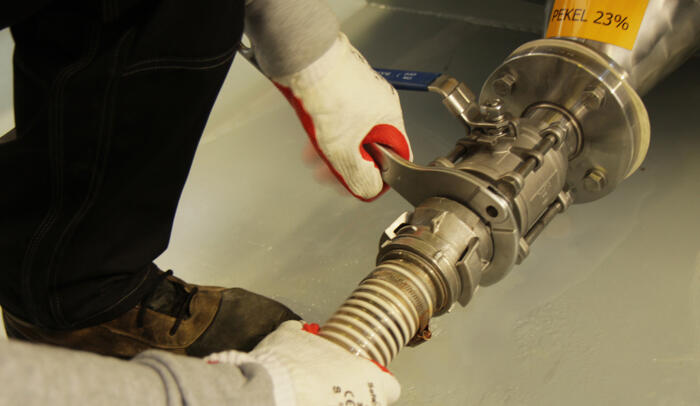
3 tips to drastically save on the costs of salt brine
Any doubts about changing to ready-to-use salt brine? Our expert will give you three tips to save on salt brine costs.
Read more -

When to opt for liquid salt for water softening?
Some companies require a lot of softened water in their production processes. Liquid salt for water softening does away with manual and ergonomically straining tasks.
Read more
- 1
- Next